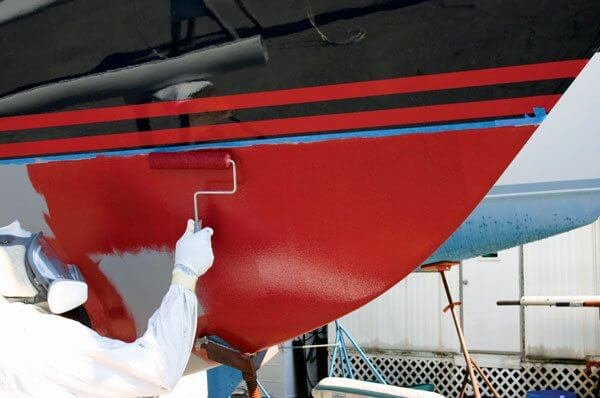How to Properly Prepare and Apply Marine Paint
Properly applying marine paint is not just about enhancing the aesthetics of your vessel; it’s about safeguarding it against the harsh maritime environment. In this blog, we’ll guide you through the essential steps of preparing and applying marine paint effectively, ensuring longevity and superior protection for your watercraft.
1. Surface Preparation
Before you even think about picking up a paintbrush, thorough surface preparation is crucial. Follow these steps:
- Clean Thoroughly: Remove dirt, grease, oil, and any contaminants from the surface using a marine-grade cleaning solution. This step ensures proper adhesion of the paint.
- Sand or Scrape: Gently sand or scrape the surface to remove any old paint or imperfections. This creates a smooth canvas for the new paint to adhere to.
- Repair Damages: Fill any cracks, dents, or holes with a marine-grade filler. A smooth surface guarantees an even paint application.
2. Choosing the Right Paint
Selecting the right marine paint is crucial for long-lasting protection. Opt for a high-quality marine paint that suits the specific material of your vessel, whether it’s fibreglass, aluminium, or wood.
3. Application Techniques
Brush or Roller: For smaller areas and intricate details, use a brush or roller. Apply thin, even coats, and make sure to follow the manufacturer’s recommended drying times between coats.
- Spray Gun: For larger surfaces, a spray gun offers efficient and uniform coverage. Maintain a consistent distance and speed while spraying to avoid drips and unevenness.
- Thin Layers: Opt for thin layers of paint rather than thick coats. Multiple thin coats ensure better adhesion and reduce the risk of paint running or sagging.
4. Tips for Success
- Proper Ventilation: Ensure proper ventilation during the painting process to help with paint drying and to prevent the buildup of fumes.
- Weather Conditions: Paint on a dry, calm day to prevent dust, debris, or moisture from affecting the paint application.
- Masking and Taping: Use masking tape and plastic sheeting to protect areas you don’t want to paint, such as hardware or windows.
Mastering the art of applying marine paint involves meticulous preparation and strategic application techniques. By following these steps, you’re not only enhancing the visual appeal of your watercraft but also ensuring its durability and protection against the demanding marine environment.
Morven Industrial is your sure bet for high quality marine paints. Contactus today to place your order from our catalogue of marine paints.

